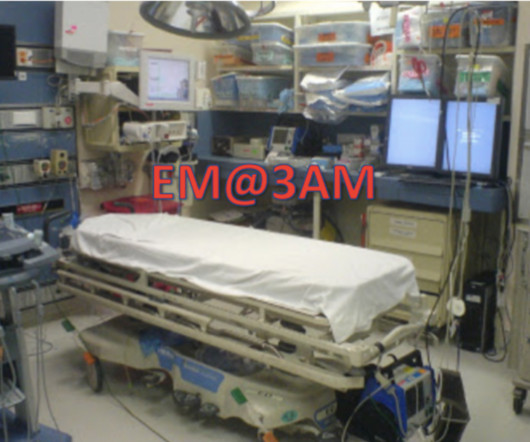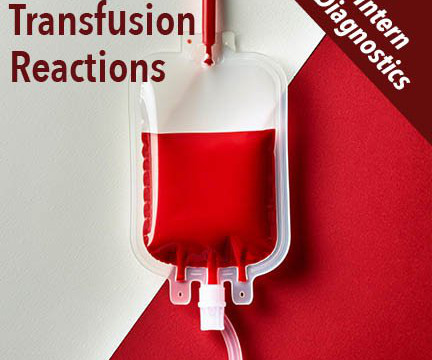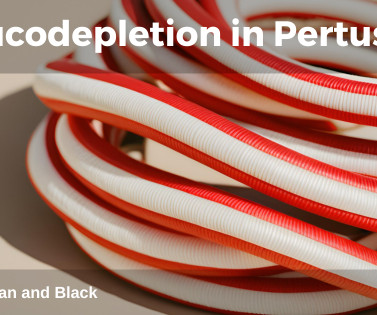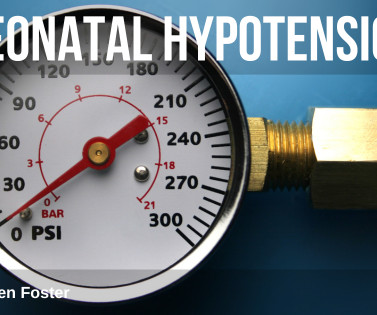Grand Rounds Recap 6.19.2024
Taming the SRU
JUNE 26, 2024
Other medical interventions include PPIs, octreotide, erythromycin, and blood transfusion as needed. Patients with AML and sepsis have a higher mortality than their otherwise healthy counterparts. Gut translocation is a common etiology of sepsis in patients with AML.




























Let's personalize your content